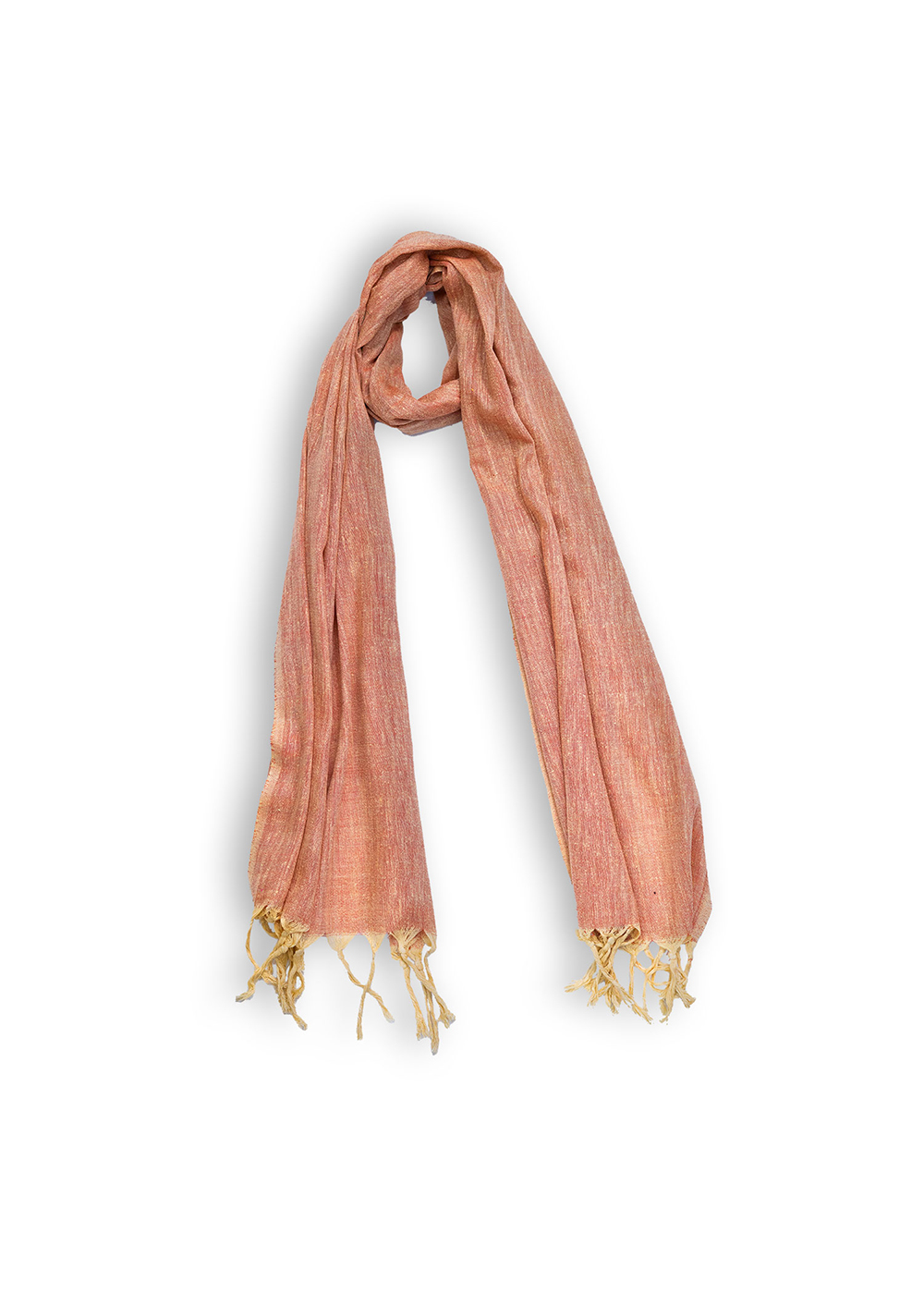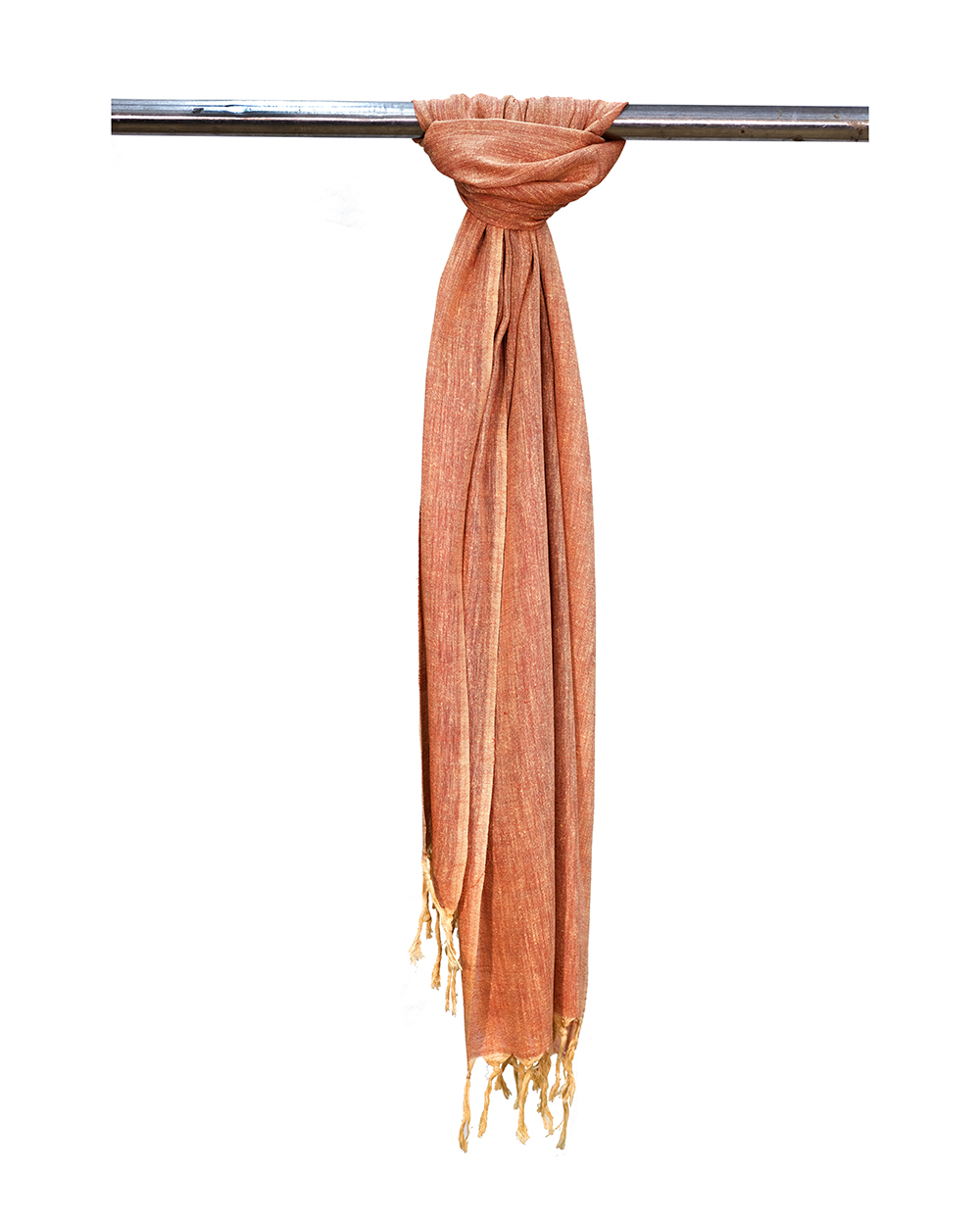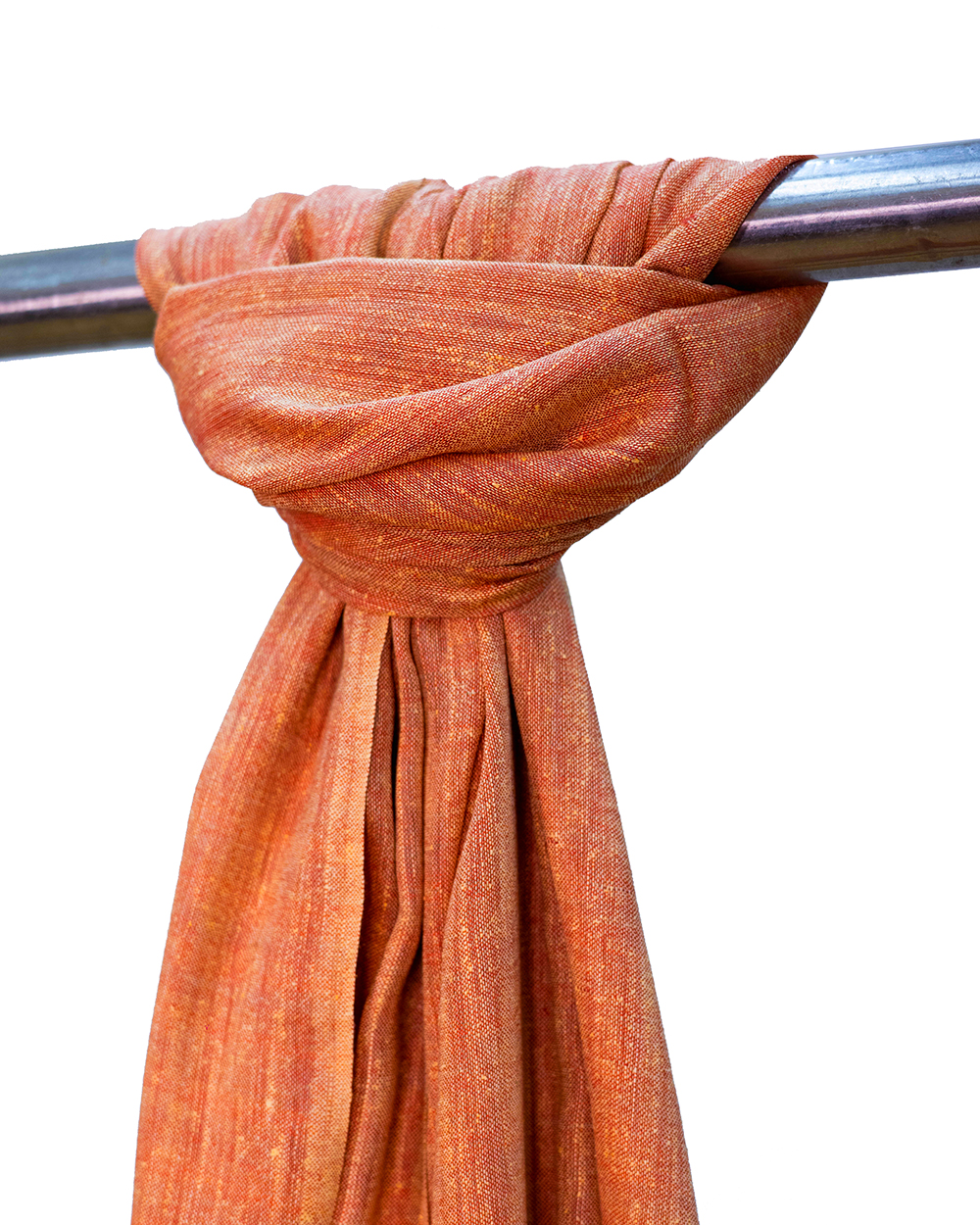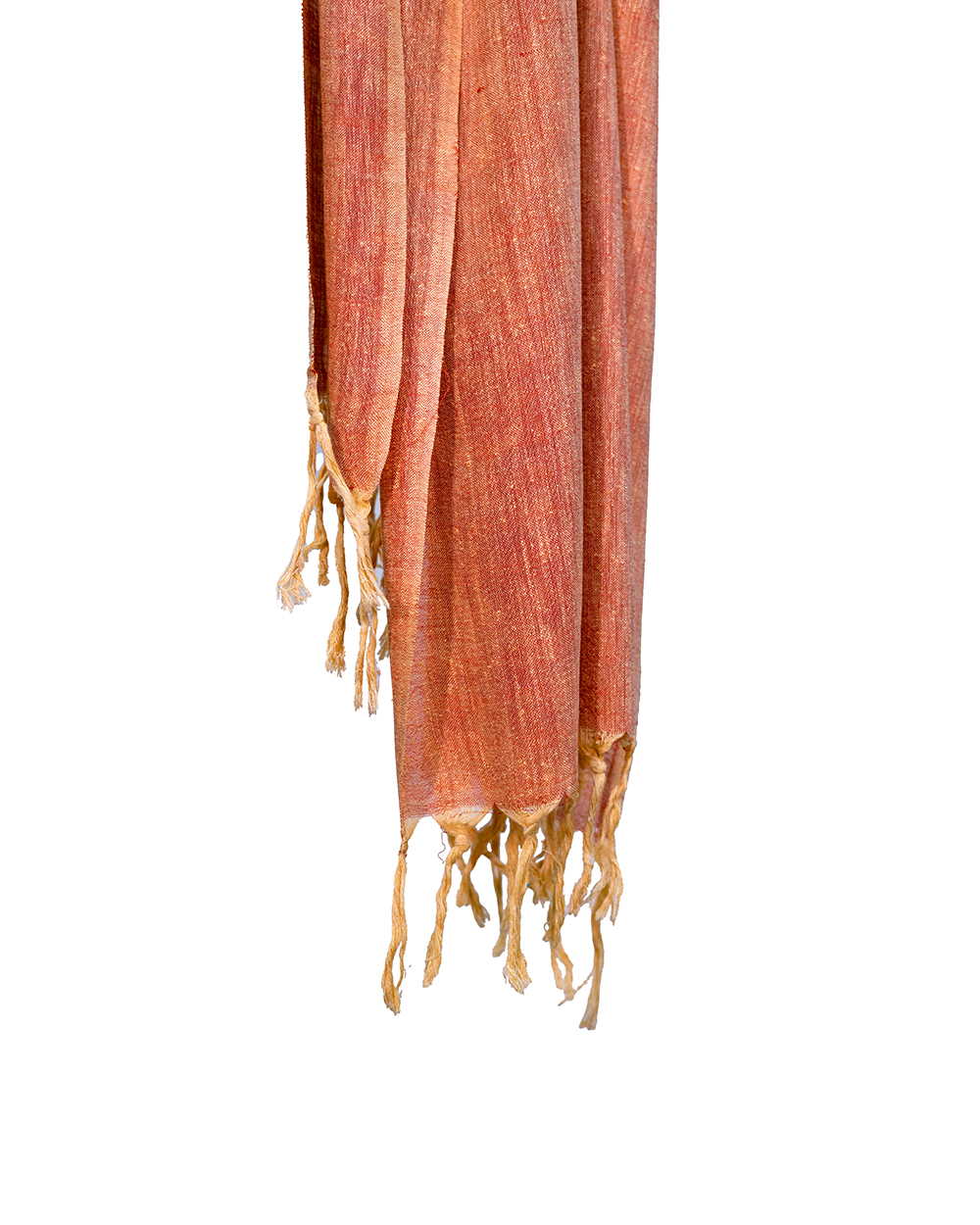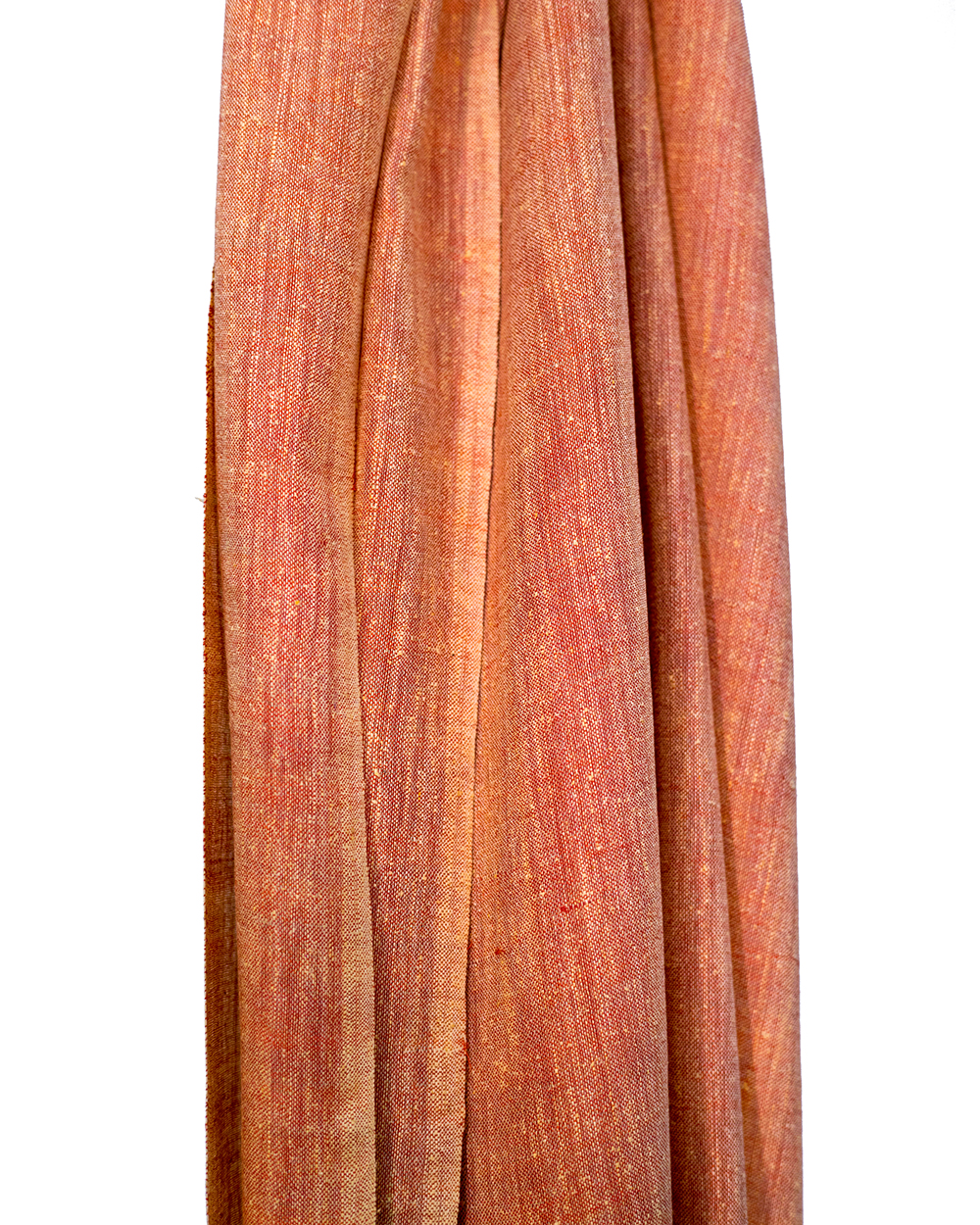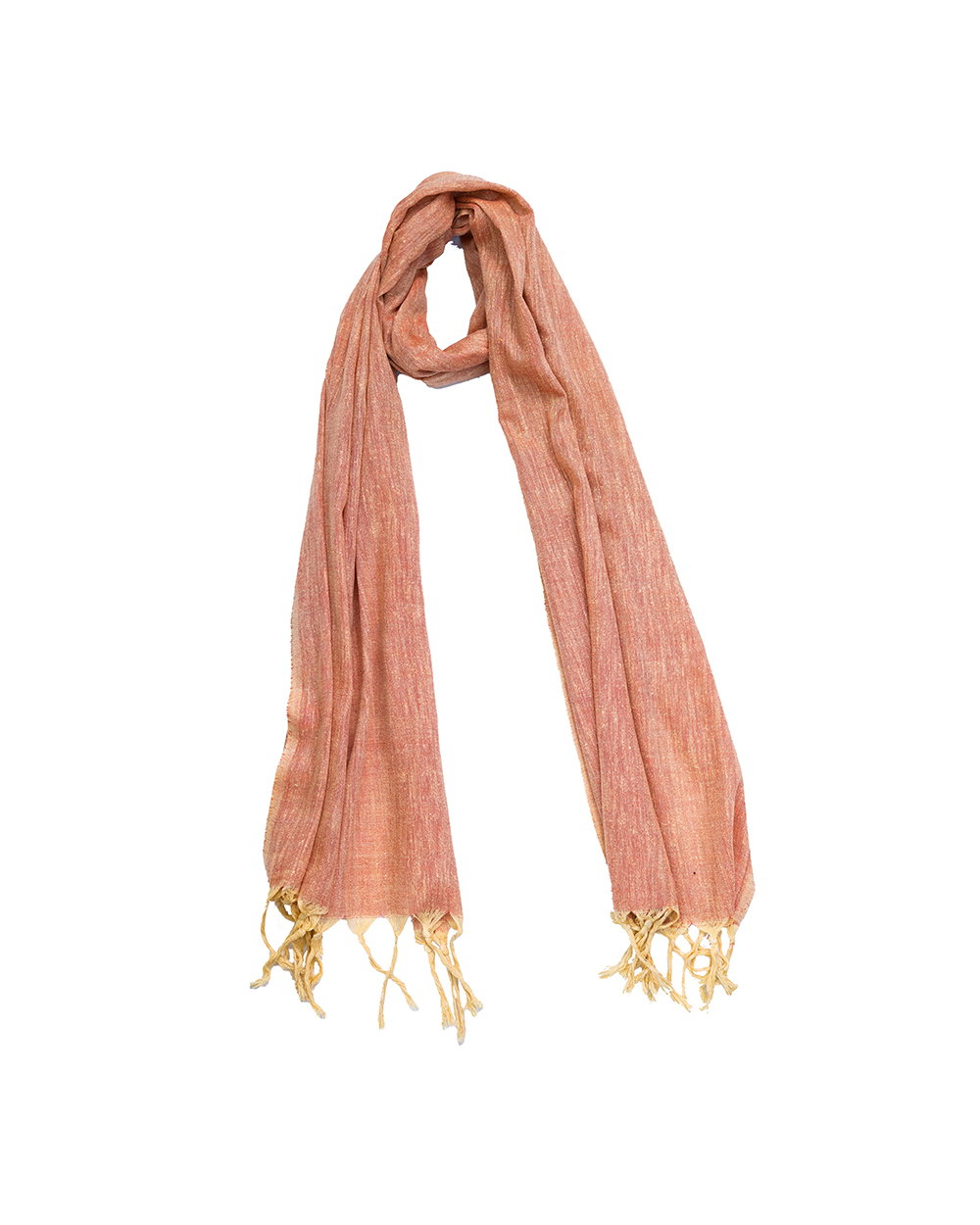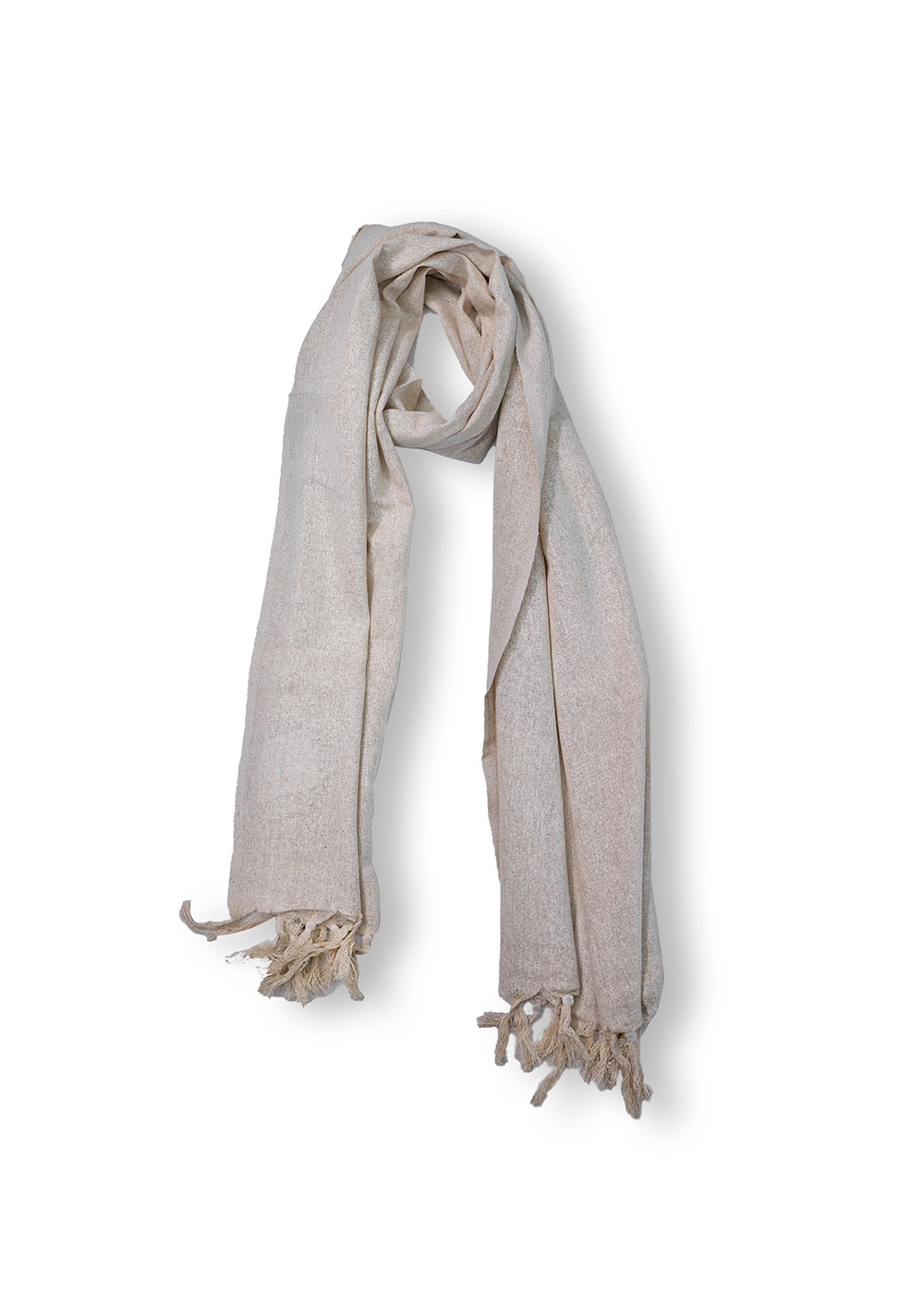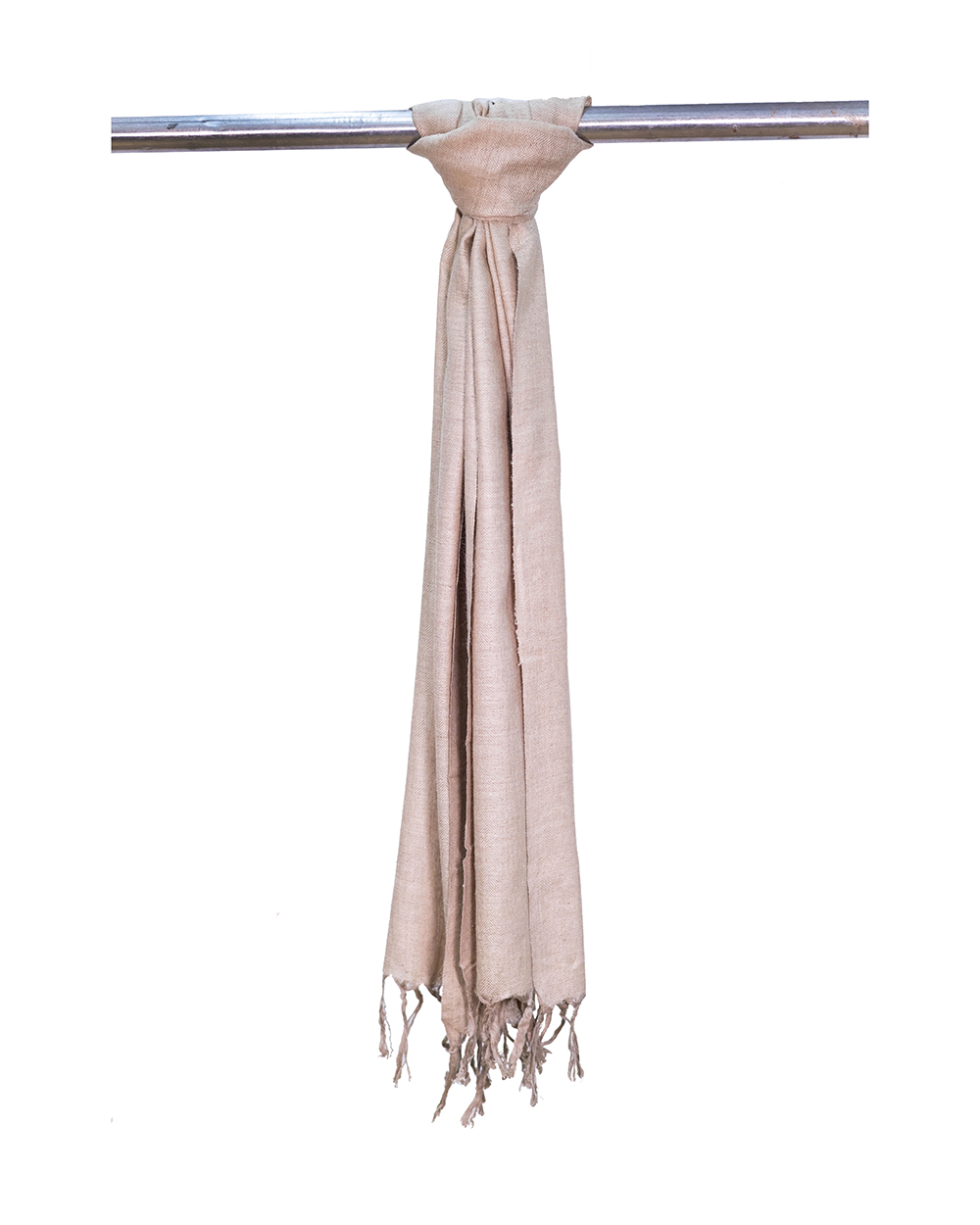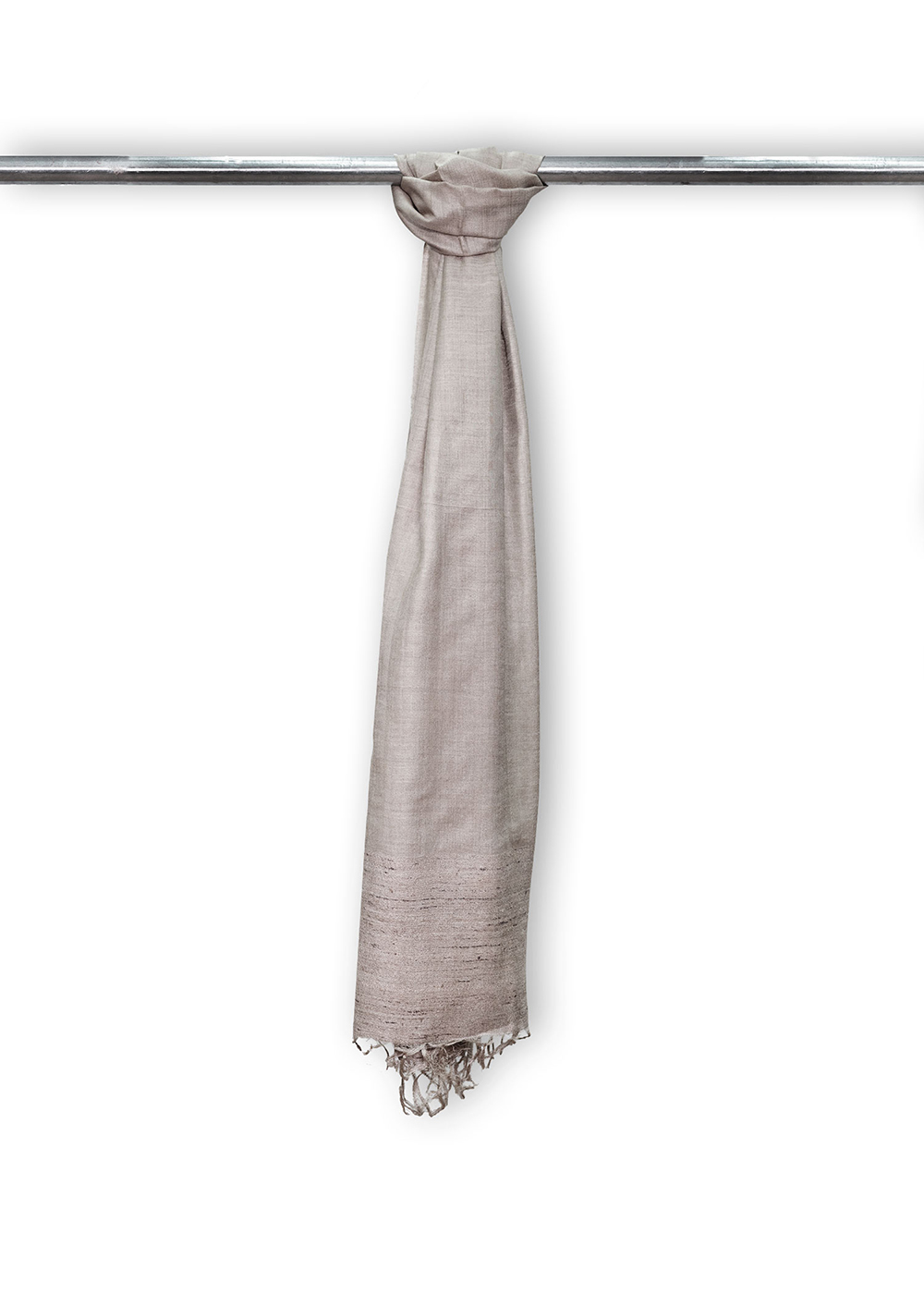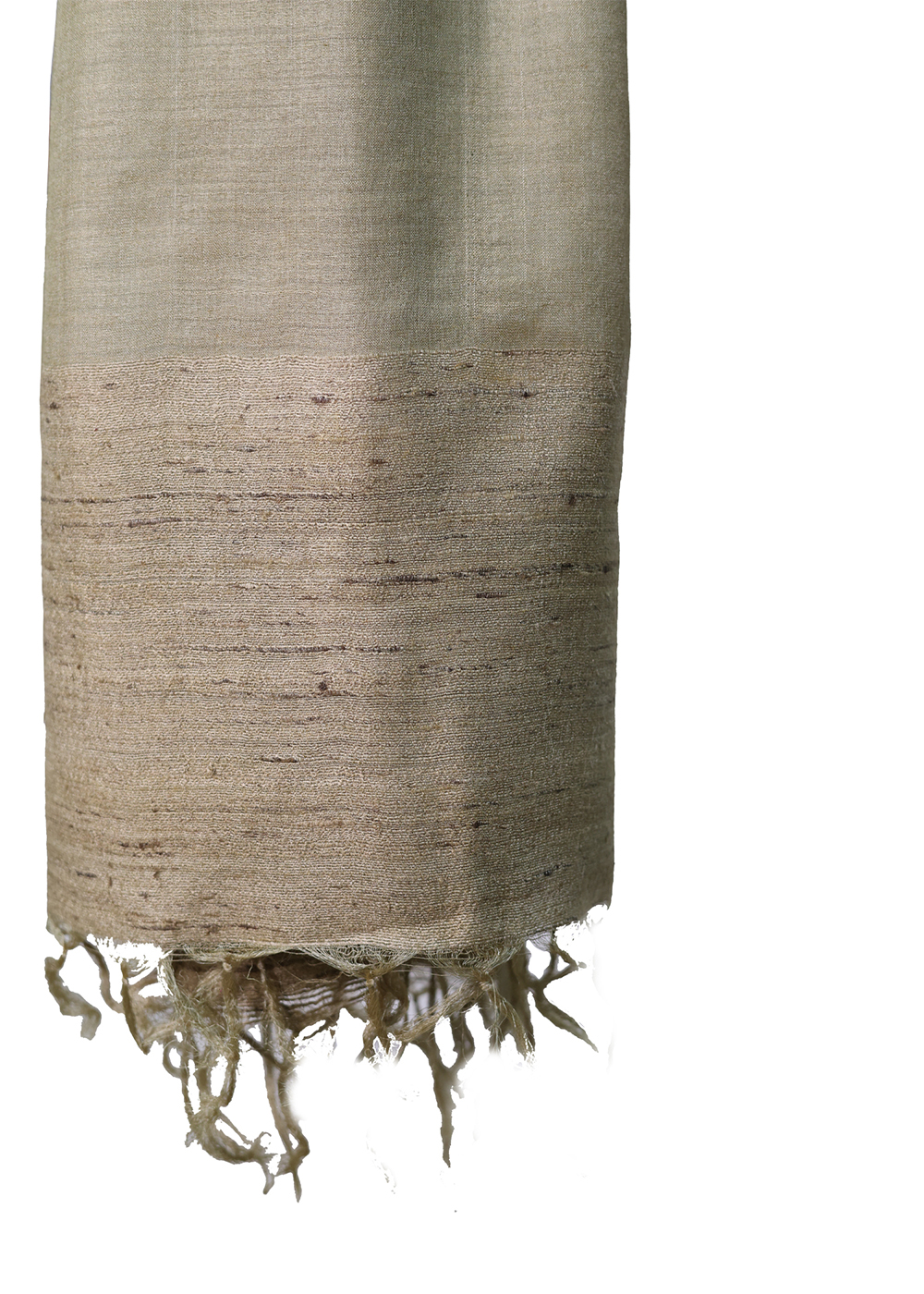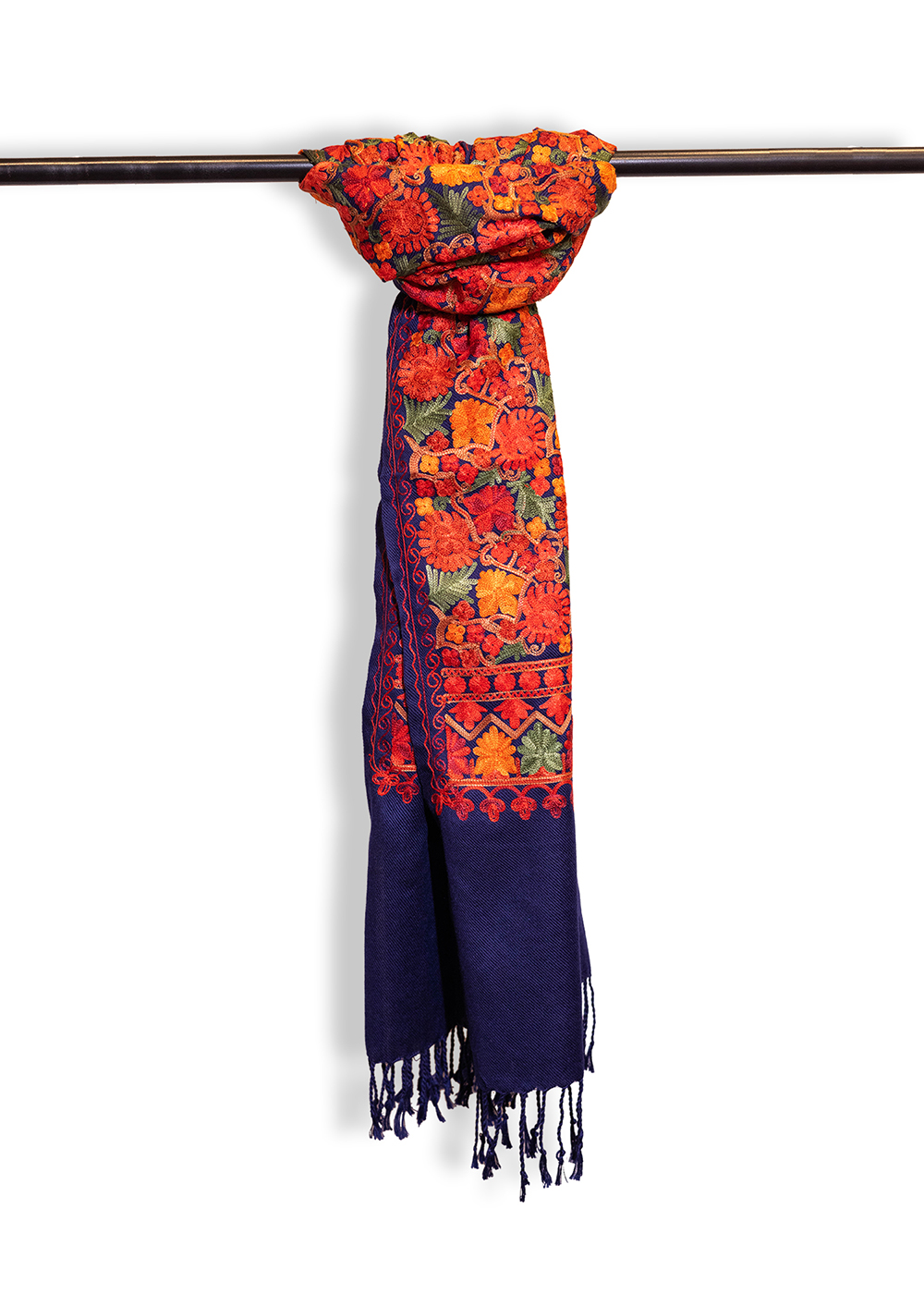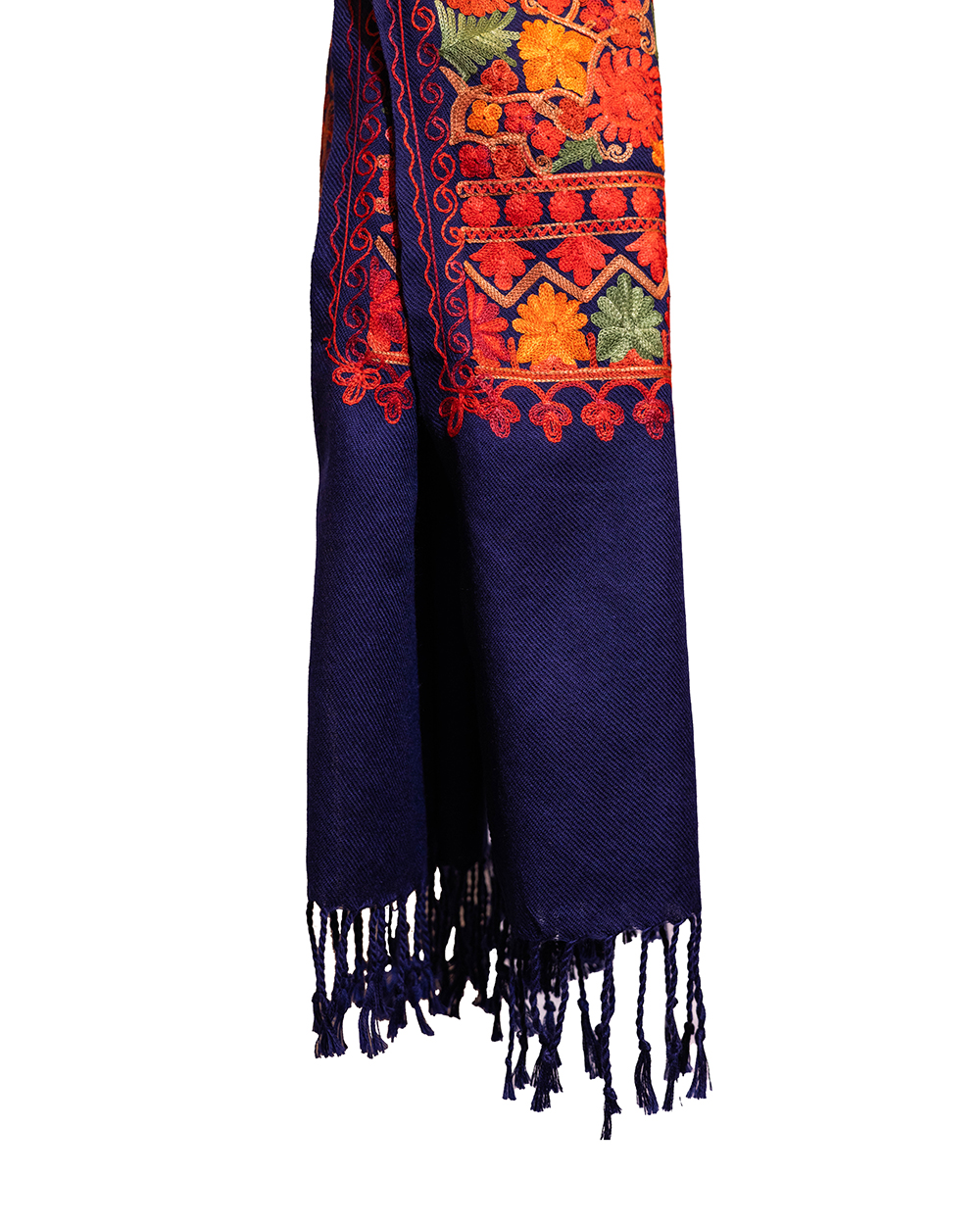Description
Introducing our exquisite collection of silk scarves, a true embodiment of luxury and sophistication. Handcrafted from the finest, our scarves are a testament to the rich heritage of Assam, India, where this rare silk is meticulously produced. Each scarf is carefully woven by skilled artisans, showcasing intricate patterns and designs that reflect the timeless beauty of traditional Assamese craftsmanship. Indulge in the sheer elegance and softness of silk as you drape yourself in one of our luxurious scarves. Whether you’re attending a special event or simply elevating your everyday attire, our silk scarves add an air of sophistication and refinement to any ensemble.
